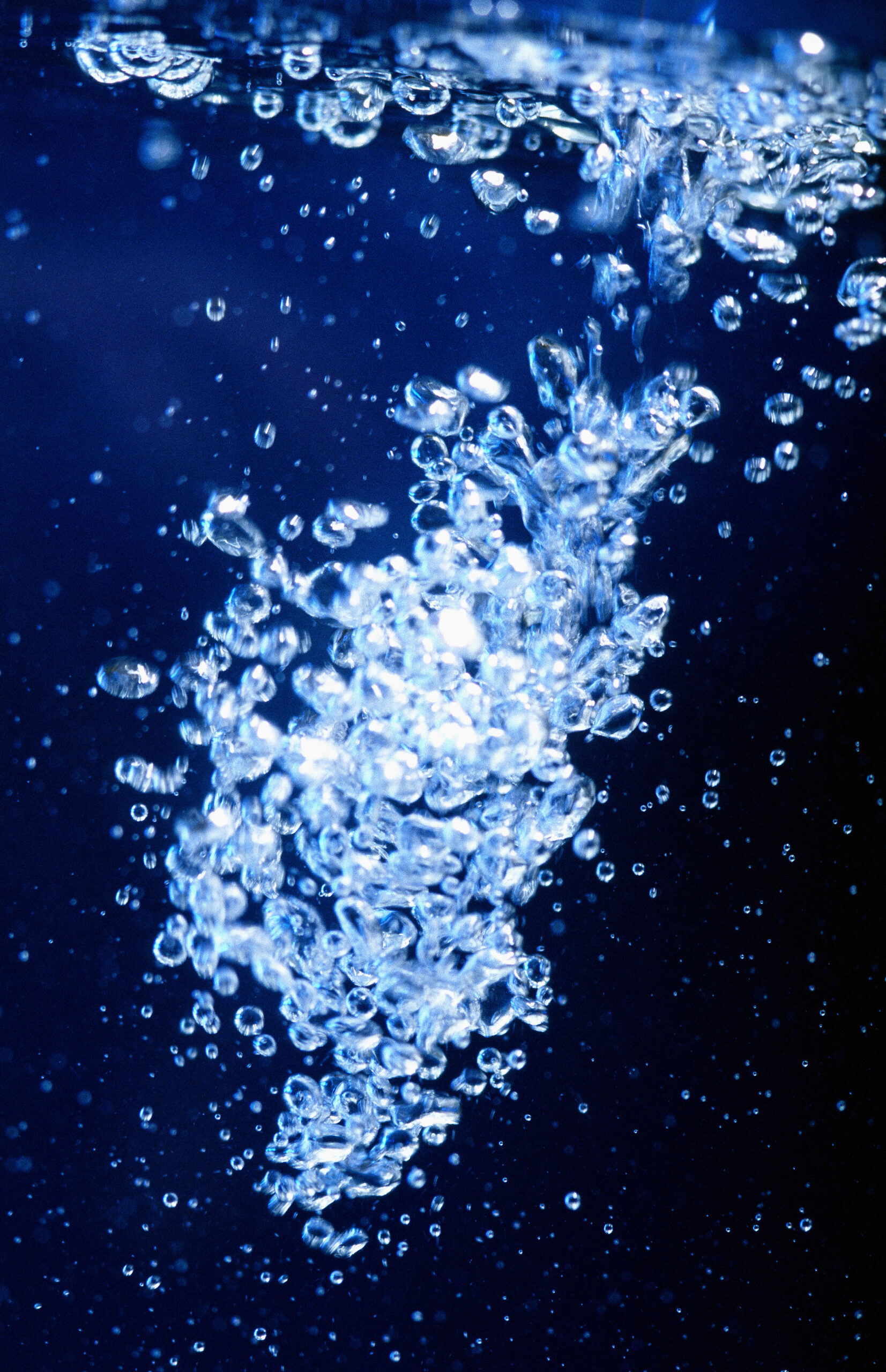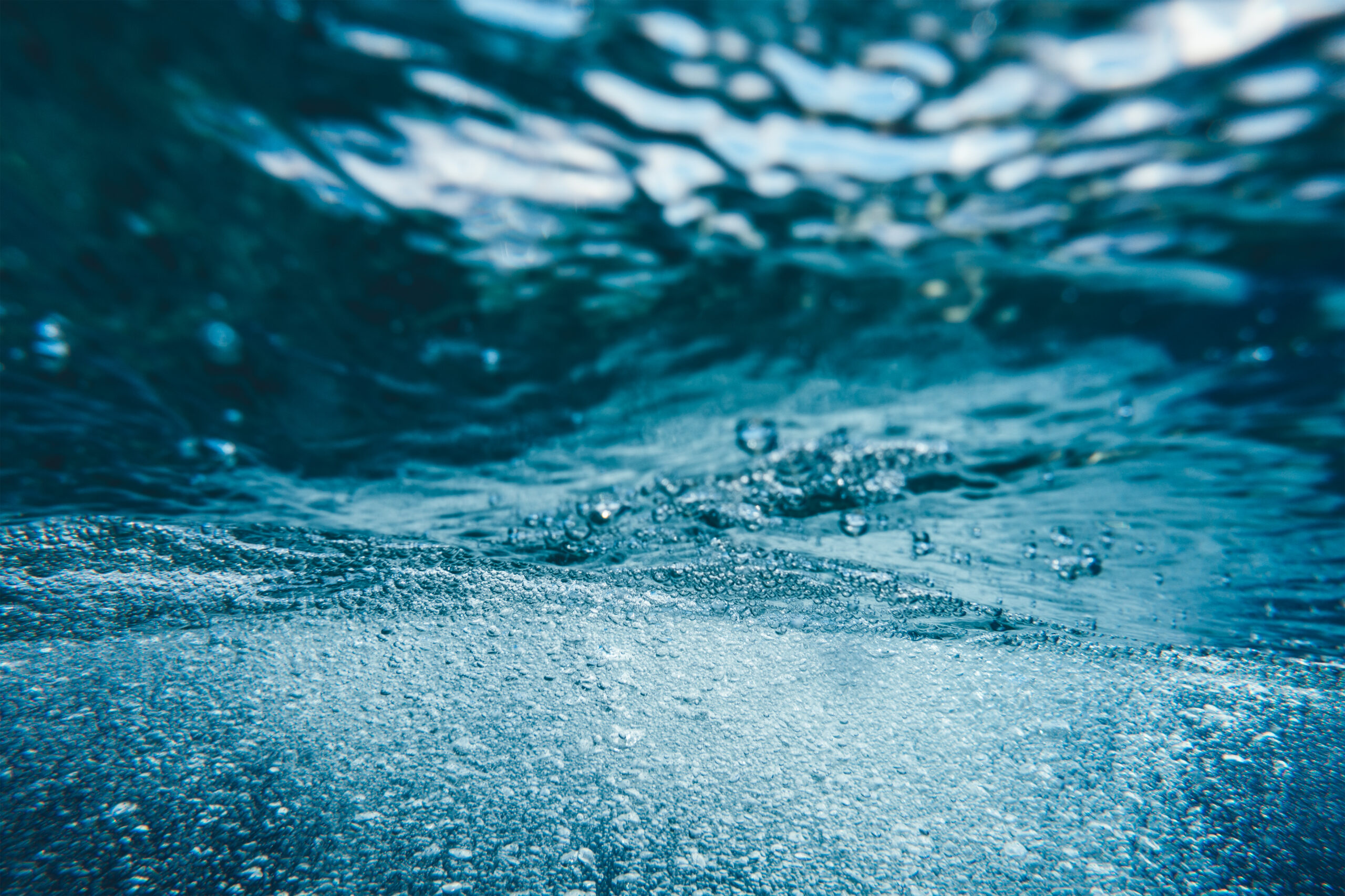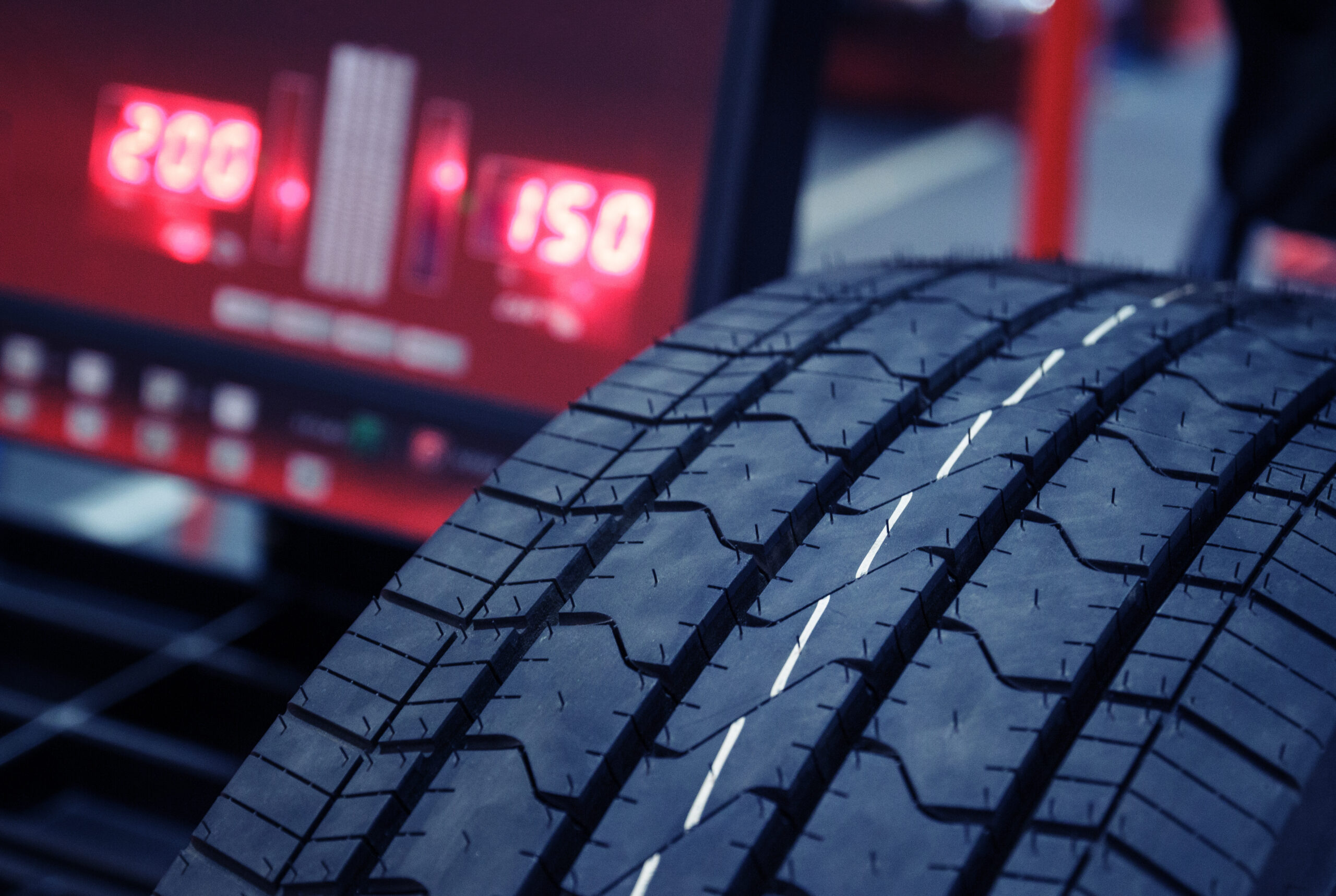
Tire and road wear particles (TRWP) have been shown to represent a large part of anthropogenic particles released into the environment. Nevertheless, the potential ecological risk of TRWP in the different environmental compartments and their potential toxic impacts on terrestrial and aquatic organisms remain largely under investigated.
Several heavy metals compose TRWP, including Zn, which is used as a catalyst during the vulcanization process of rubber. This study investigated the solubilization potential of metals from cryogenically milled tire tread (CMTT) and TRWP in simulated gastric fluids (SFGASTRIC) and simulated intestinal fluids (SFINTESTINAL) designed to mimic rainbow trout (Oncorhynchus mykiss) gastrointestinal conditions.
The results indicate that the solubilization of heavy metals was greatly enhanced by gastrointestinal fluids compared to that by mineral water.
Coingestion of tire particles (performed with CMTT only) and surrogate prey items (Gammarus pulex) demonstrated that the animal organic matter reduced the amount of bioavailable Zn solubilized from CMTT.
Contrastingly, in the coingestion scenario with vegetal organic matter (Lemna minor), high quantities of Zn were solubilized from L. minor and cumulated with Zn solubilized from CMTT.








